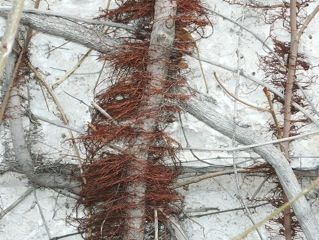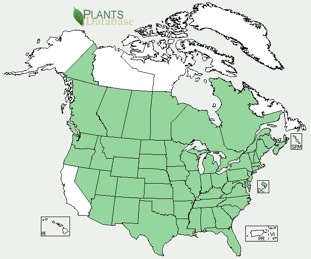Poison ivy, like all plants in the cashew family grow lavishly in almost all areas of the U.S. and in southern Canada. The only places you wont find poison ivy are deserts and areas of extreme heights (> 1500m). With this diversity of geography comes a diversity of habitats poison ivy can be found in. The plant can grow in woods, fields, city parks, and gardens. If it is not an open area (ie a forest) poison ivy is found on the edge because they are not completely shade-tolerant. They persist in wet and dry climates, and also abutting the ocean. They have a tough outer cuticle for protection and to hold water in. A strong, substantial root system makes them very hard to get rid of.







